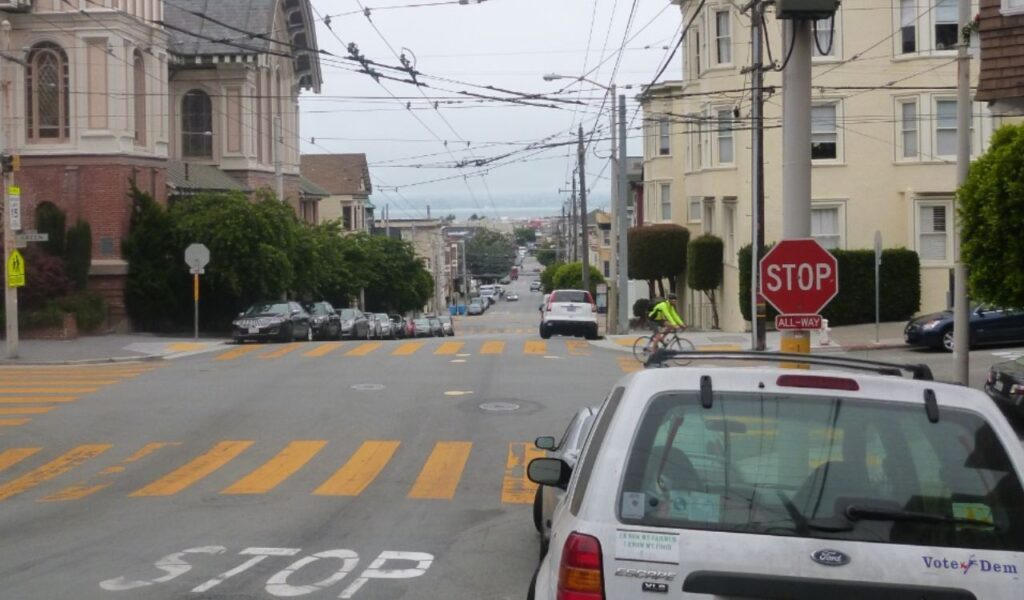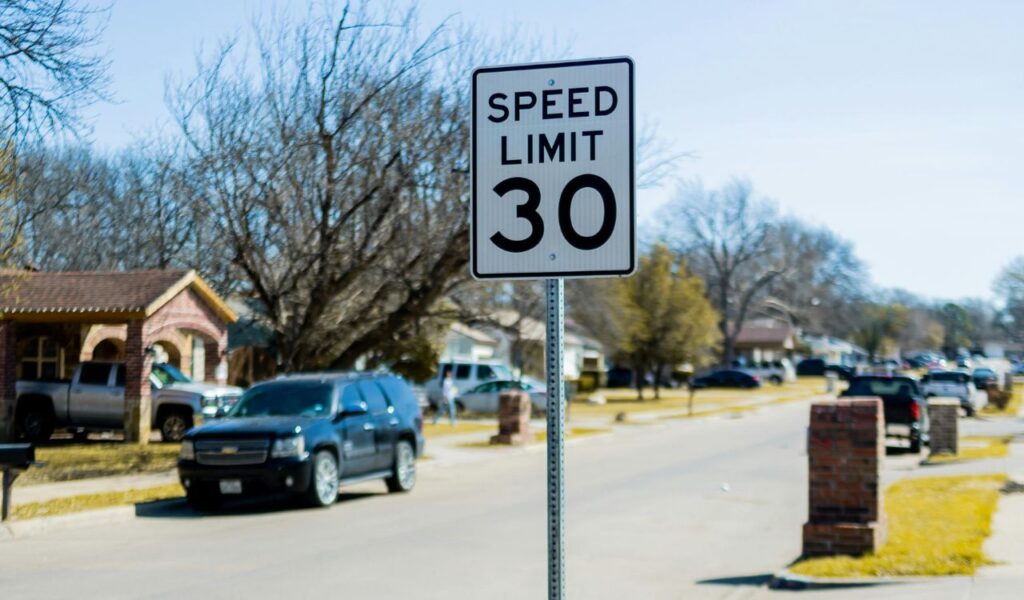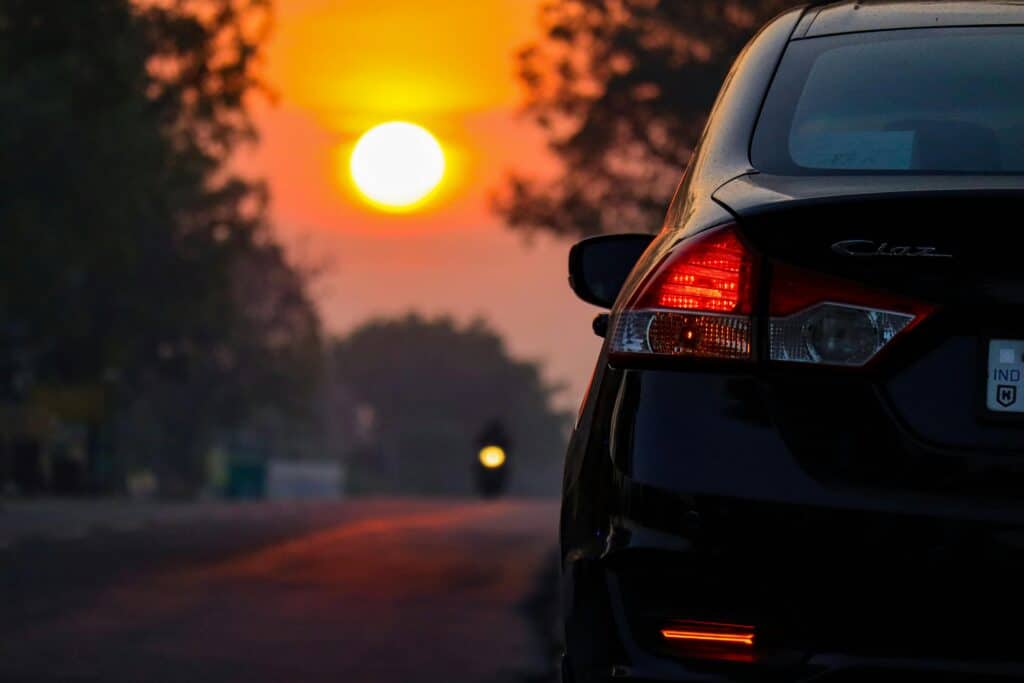We may earn money or products from the companies mentioned in this post. This means if you click on the link and purchase the item, I will receive a small commission at no extra cost to you ... you're just helping re-supply our family's travel fund.

Hitting the open road in the U.S. offers freedom and adventure, but not every rule you’ve heard about driving still applies. Some outdated or misunderstood laws are rarely enforced, giving you more flexibility than you might expect. From turning right on red to driving barefoot, these relaxed regulations can make your trip smoother. Here are 11 road rules you can legally ignore while still staying safe and responsible.
No Right Turns on Red

In most U.S. states, you can turn right on red after a complete stop unless a sign says otherwise. This rule helps keep traffic flowing and saves time at intersections. Always check for posted restrictions and yield to pedestrians. While not universal in every city, it’s widely accepted nationwide, making it a helpful rule to use safely when driving through urban or suburban areas during your road trip.
Full Stop at Empty Four-Way Stops

While the law still technically requires a complete stop, many areas show leniency when intersections are empty. Slowing down, checking carefully, and proceeding cautiously is often enough, especially in rural zones with low traffic. Police usually focus on hazardous behavior rather than minor rolling stops. Use sound judgment, yield if necessary, and stay alert to keep traffic moving safely without unnecessary delays during your journey.
Always Using Your Turn Signal

Turn signals are essential for safe driving, but in low-traffic areas or empty roads, not signaling every minor lane change is unlikely to draw penalties. While it’s good practice to signal every time, law enforcement often prioritizes dangerous or disruptive driving instead. Staying courteous by signaling whenever other drivers are around ensures safety while minimizing risks of misunderstandings or sudden moves that could surprise others.
Staying in the Right Lane Only

In most states, the left lane is for passing, but driving there isn’t illegal if traffic is light. On open highways, many drivers comfortably cruise in any lane without issue. Enforcement usually focuses on those blocking faster traffic rather than casual lane use. If you maintain speed and avoid impeding others, staying in the left lane briefly won’t typically cause problems during your road trip.
Driving Barefoot

Driving barefoot is legal in all 50 states despite common myths. Many drivers feel better control without shoes, especially sandals or bulky footwear that can slip. While not illegal, driving barefoot isn’t ideal for everyone, especially during emergencies requiring sudden braking. Use shoes if leaving your car frequently, but if barefoot feels safer while on long drives, it’s perfectly within the law to do so.
No Eating While Driving

Eating behind the wheel is legal as long as it doesn’t distract you. Distracted driving laws target unsafe behavior rather than food itself. Quick snacks are fine, but avoid meals that require both hands or create spills, which can become hazards. Keeping your focus on the road is crucial. Small bites during long trips can be convenient and legal when handled responsibly to stay in control.
Using Interior Lights While Driving

Contrary to what many parents claim, driving with interior lights on at night is legal everywhere in the U.S. While it may reduce visibility, there’s no law against it. Briefly using your dome light to find items or read directions is fine. Minimize distractions by turning it off quickly and staying focused on the road ahead, especially in dark or high-traffic areas to maintain safety.
Keeping Your Hands at 10 and 2

The classic 10-and-2 hand position is outdated and no longer recommended. Safety experts now advise 9-and-3 or 8-and-4 to avoid airbag injuries. There’s no law dictating hand placement, so choose whatever position feels safe and comfortable. As long as you maintain control of your steering wheel, hand positioning is up to you and can be adjusted throughout your drive for comfort.
Always Using Your High Beams in Rural Areas

High beams are helpful in dark rural areas but not legally required. You can opt for low beams when conditions like fog or rain make high beams less effective. Laws mainly focus on dimming them for oncoming traffic to avoid glare. Use your judgment to balance safety and visibility while staying courteous to other drivers during night travel on less-populated roads.
Following the Speed Limit Exactly

Strictly following posted limits isn’t always necessary. Many highways tolerate drivers going 5–10 mph over, especially in light traffic. Officers focus on major speeders or unsafe driving rather than minor overages. Still, always drive cautiously and adapt to conditions. Staying near the limit keeps you safe and avoids tickets while allowing for smoother travel across long, open stretches of U.S. highways.
Idling Your Car to Warm It Up

Letting your engine idle for a few minutes on cold mornings used to be standard advice, but modern engines don’t need it. In most states, it’s not illegal to idle briefly, and newer cars warm faster when driven gently instead. Extended idling mostly wastes fuel and adds emissions, but you won’t get ticketed for doing it in your own driveway. A short warm-up is fine—just don’t leave your car running unattended.